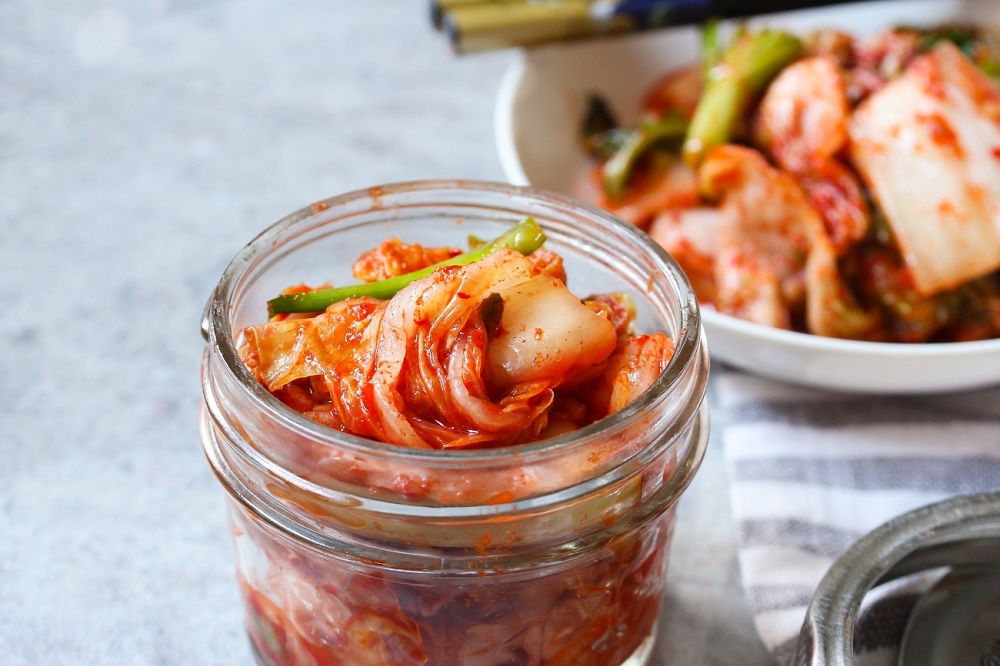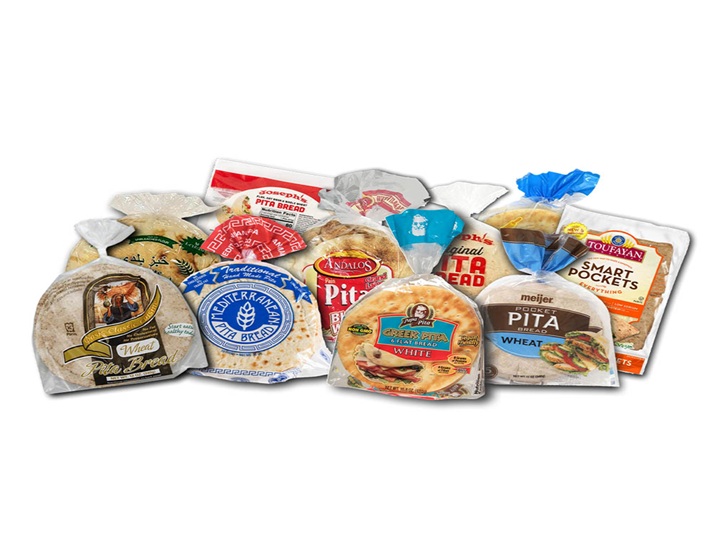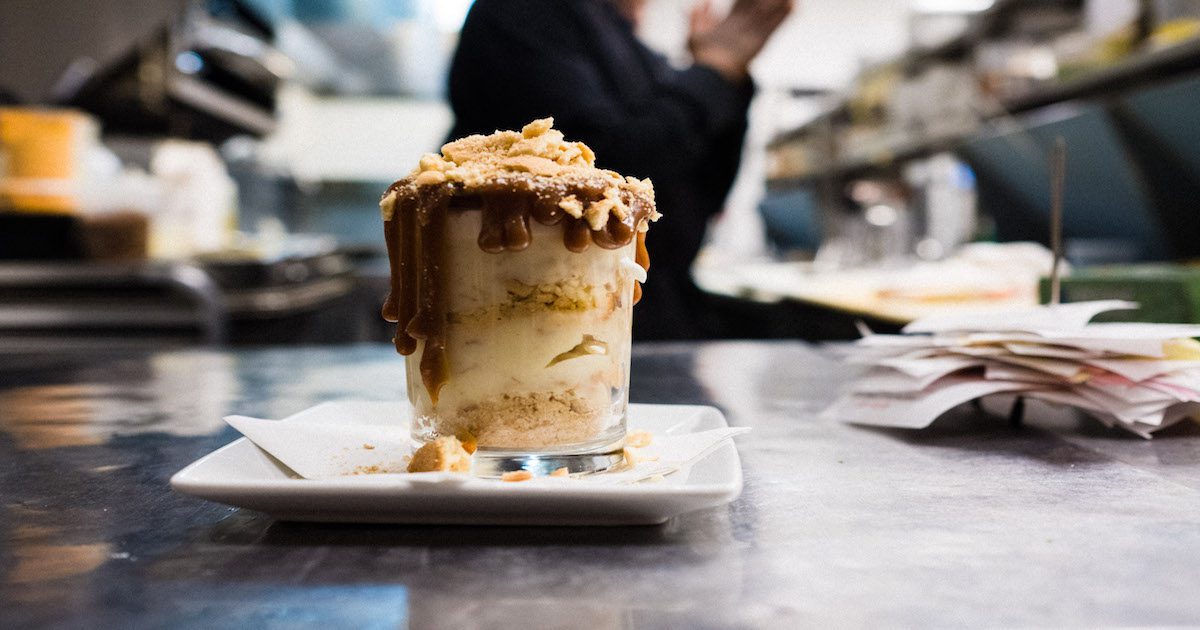The cool temperatures are synonymous with fermentation and Kimchi is seen to be the most popular side dish originating from Korea that is widely counted and looked up for its versatility. The dish is prepared from Lactose-fermentation, similar to dill pickles and sauerkraut. But when you use to take help of the correct equipment and storage, your homemade kimchi can have a longer lifespan.
Once you can make and keep a huge batch of kimchi, you can easily use it with your soup, omelet, or even fried rice. Explore all the best possible ways to turn your homemade kimchi into taste divine.
Add Seasonal Ingredients to It
Similar to cooking and baking, fermentation demands the addition of all the top ingredients to become flavourful. Fermentation is one of those techniques which synopsize the mouth-watering flavors of the summer or the spring special ingredients to be eaten during the winter or later. You can think of adding a napa cabbage if it’s fall or fresh greens during the spring.
Go Beyond the Cabbage
Though napa cabbage kimchi is one of the most sought-after kimchi variants, it isn’t the only one gaining all the fame and hype. One of the most exotic and versatile recipes that you can use on vegetables is kimchi fermentation. Go beyond the cabbage and consider adding other veggies like mushrooms, spinach, onions, radishes, and cucumbers.
Gather the Apt Equipment
It doesn’t matter if you don’t own a fermentation crock yet. You can always use a concoction of mason jars and big bowls. Ensure you clean and disinfect every piece of equipment and vessel before you use them. The most important thing to disinfect and clean is of course your hand.
Temperature is a Key Factor
Kimchi fermentation best happens during fall and winter, owing to the cooler ambient temperature that you would require for preservation. Upon packing and storing your kimchi inside jars or crocks, you should immediately remove it from the sunlight and store it in a cool room. The cold temperature not only proves beneficial in kimchi fermentation but also helps it achieve the best texture and minimize the growth of mold.
Avoid Storing Kimchi for Longer Duration
Start checking your kimchi after a week, because the longer you allow the homemade kimchi to ferment, the bitter it turns. It gets its optimal flavor, based on what ingredients you have used within about 3 weeks. When you remove kimchi from the container, ensure the remaining kimchi is completely soaked in the liquid to promote the fermentation process and prevent meld.
When you expose kimchi to the air, you might come across white mold growth on it. In case white mold grows on the exposed kimchi, remove the topmost part and consume the rest.
Homemade kimchi (กิ ม จิ ทํา เอง, which is the term in Thai) can be made in different ways. It is the assortment of ingredients like garlic, pepper flakes followed by other ingredients which make kimchi the best. While squid and oysters can always be added to your kimchi, you can also add fresh veggies for fermentation. Whatever you do, always remember to add the rightful mixture of hot pepper flakes to get the best taste.









